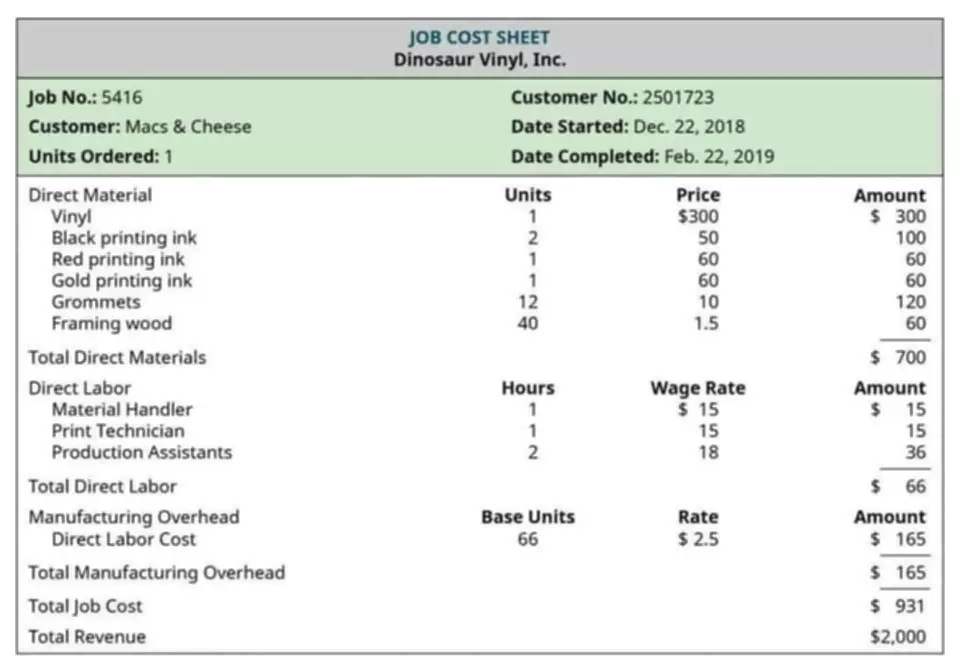Financing & Investing Activities of a Business Entity Chron com
Content

The three sections of Apple’s https://www.bookstime.com/ of cash flows are listed with operating activities at the top and financing activities at the bottom of the statement . Conversely, many circumstances may cause a large negative cash flow from financing activities. Struggling businesses forced to repay loans due to covenants, partnerships executing a planned wind-up, and maturing companies able to repay debt may all have similar cash flow from financing activities. A positive cash flow from financing activities shows that a business raised more cash than it returned to lenders and owners. This activity may or may not indicate effective capital management, depending on the specific business circumstances.

Cash flow from investing activities is one of the sections on the cash flow statement that reports how much cash has been generated or spent from various investment-related activities in a specific period. Investing activities include purchases of physical assets, investments in securities, or the sale of securities or assets. The movement of cash & cash equivalents or inflow and outflow of cash is known as Cash Flow. Cash inflows are the transactions that result in an increase in cash & cash equivalents; whereas, cash outflows are the transactions that result in a reduction in cash & cash equivalents. Hence, a statement showing flows of cash & cash equivalent during a specified time period is known as a Cash Flow Statement. One can prepare a cash flow statement if the two comparative balance sheets of a company are given.
Net Cash Flow From Investing Activities: Explained
investing activities payments for loans , and acquisition of debt instruments of other entities. If a company is consistently divesting assets, one potential takeaway would be that management might be going through with acquisitions while unprepared (i.e. unable to benefit from synergies). In particular, Capex is typically the largest cash outflow — in addition to being a core, recurring expenditure to the business model. Note that the parentheses above are meant to denote that the respective item should be entered as a negative value (i.e. cash outflow).
- Such non-current assets are not purchased frequently, neither these are readily convertible into cash.
- Consider a hypothetical example of Google’s net annual cash flow from investing activities.
- Therefore, the accountant shall report the transaction as positive amounts in the investing activities section of the cash flow statement.
- Operating activities detail cash flow that’s generated once the company delivers its regular goods or services, and includes both revenue and expenses.
- Cash flow from investing activities is a line item on a business’s cash flow statement, which is one of the major financial statements that companies prepare.
- While David declines a full partnership role in his brother’s business, he agreed to a 25% partnership, writing his brother a check in October for $75,000 to cover his investment.
The second transaction that falls under investing activities is the cash from disposal of investments. Typically, disposal of an investment like production equipment results in cash flowing into the company’s account. Therefore, this transaction will read as a positive amount in the cash flow from investing activities. Investing activities are an essential indicator of a company’s growth strategy. Investment in CapEx indicates that the company intends to grow in the future. This section provides an overview of the investment made in long-term assets that have the potential to generate value in the future. Investments are a little more complicated than the long-term assets because it depends on the source of the investment.
Overview: What are investing activities?
Calculating cash flow from investing activities is completed automatically if you’re using accounting software to manage and record your financial activities. If you’re not, you’ll need to add up the proceeds from the sales of long-term assets or the money received from the sale of stocks, bonds, or other marketable securities. Investing activities refer to any transactions that directly affect long-term assets. This can include the purchase of a building, the sale of equipment, or investing in stocks. Once completed, these activities are then reported on a company’s cash flow statement. Anytime that the purchase of a long-term asset occurs, it reduces company cash flow from assets, while the sale of a long-term asset increases cash flow.
What are the 5 best practices of investment?
- Invest early. Starting early is one of the best ways to build wealth.
- Invest regularly. Investing often is just as important as starting early.
- Invest enough. Achieving your long-term financial goals begins with saving enough today.
- Have a plan.
- Diversify your portfolio.
It might be just a result of significant cash amounts being invested in long term projects for the sake of the company. Financing cash flows arise from a company raising funds through debt or equity and repaying debt. It is also important for businesses to consider the long-term implications of their investments. While short-term gains may be attractive, businesses should also consider the potential for long-term growth and sustainability when making investment decisions. Additionally, businesses should consider the impact of their investments on their overall financial health and the potential for future returns.
